
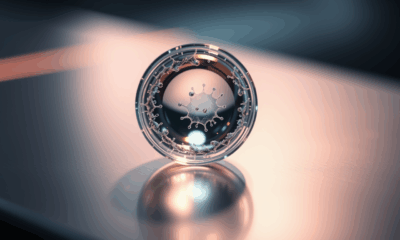

Physicists have developed a lens with 'magic' properties. Ultra-thin, it can transform infrared light into visible light by halving the wavelength of incident light.
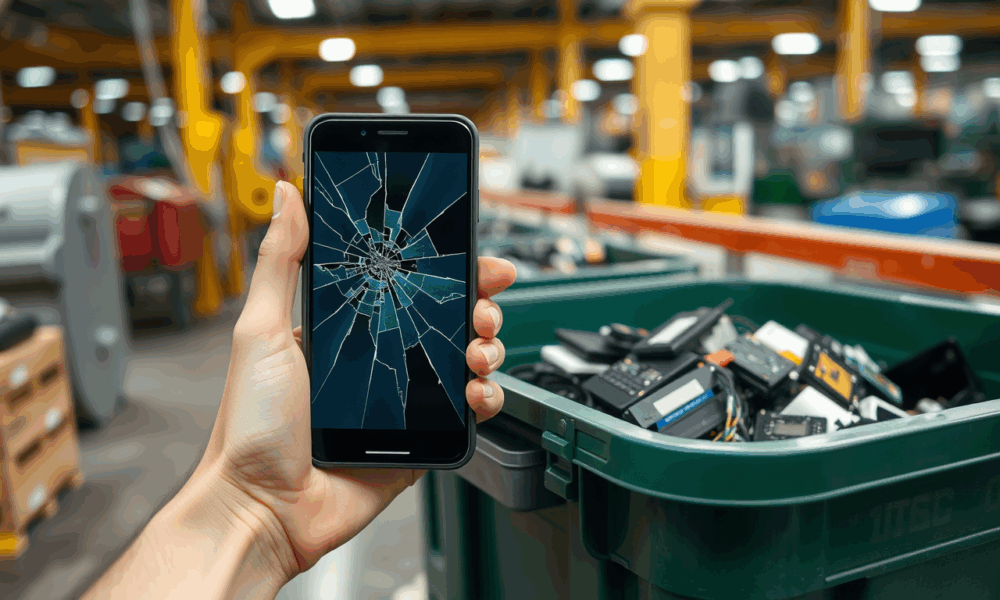
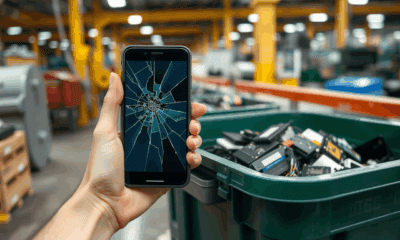

Electronics often get thrown away after use because recycling them requires extensive work for little payoff. Researchers have now found a way to change the game.



Researchers have demonstrated a new technique that uses lasers to create ceramics that can withstand ultra-high temperatures, with applications ranging from nuclear power technologies to spacecraft...
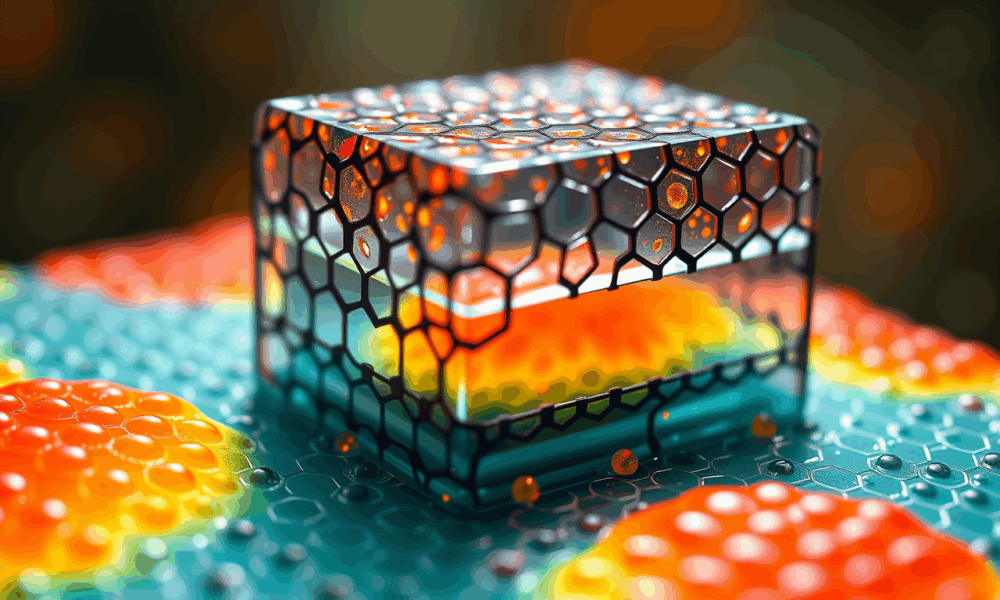
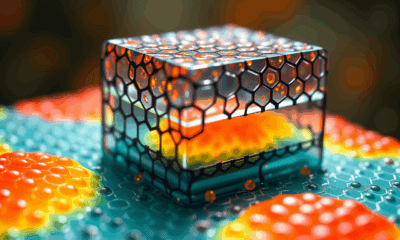

Materials scientists have succeeded in creating a genuine 2D hybrid material called glaphene.
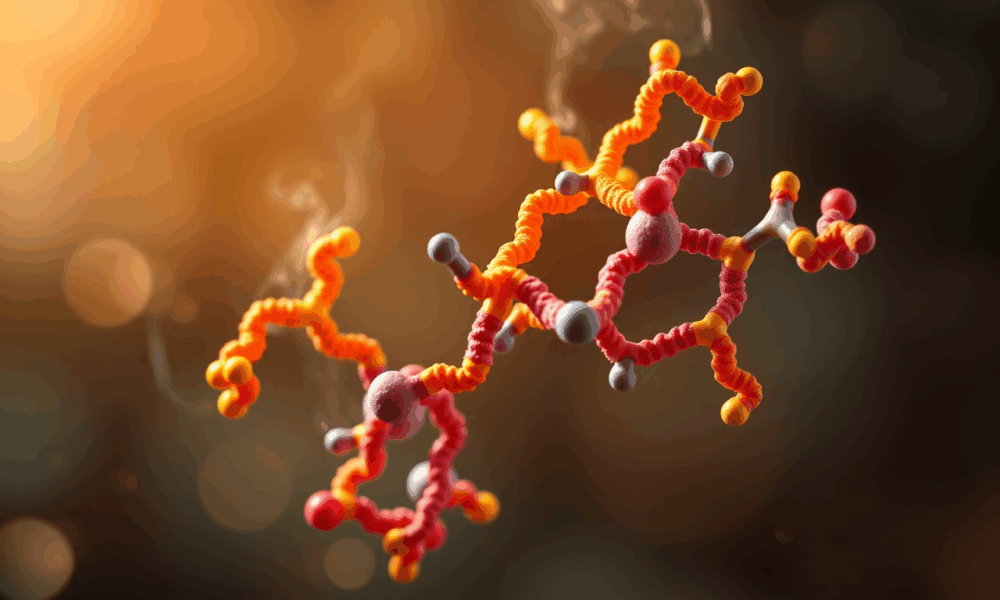


Most people have witnessed -- or rather smelled -- when a protein enzyme called sulfite reductase works its magic. This enzyme catalyzes the chemical reduction of...
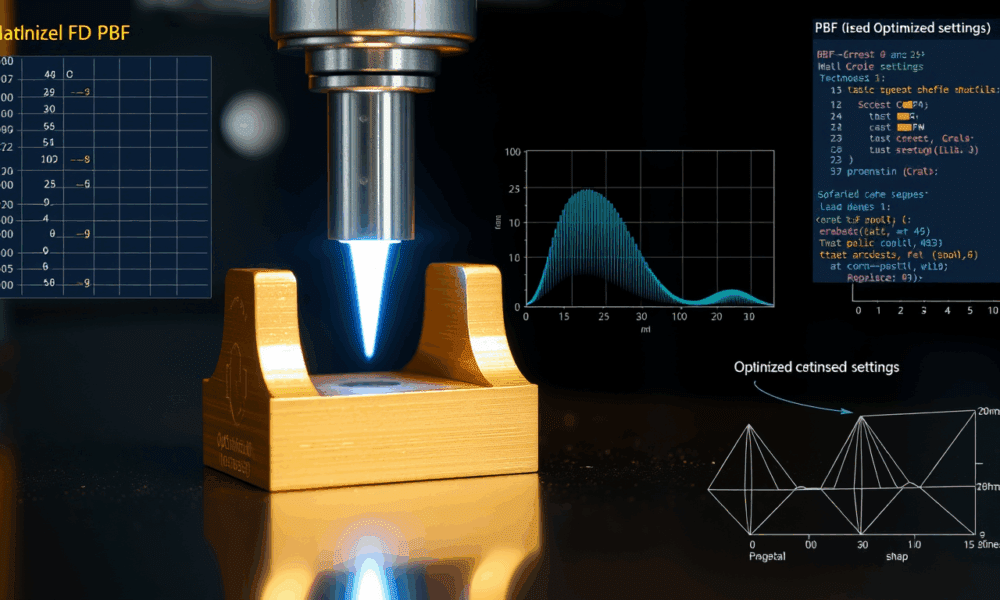
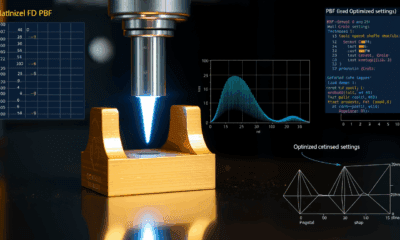

Laser-based metal processing enables the automated and precise production of complex components, whether for the automotive industry or for medicine. However, conventional methods require time- and...



A research team has discovered ferroelectric phenomena occurring at a subatomic scale in the natural mineral Brownmillerite.



Researchers have discovered a new 2D material, confirming decade-old prediction.



Researchers have unveiled a breakthrough in solid-state cooling technology, doubling the efficiency of today's commercial systems. Driven by the Lab's patented nano-engineered thin-film thermoelectric materials and...
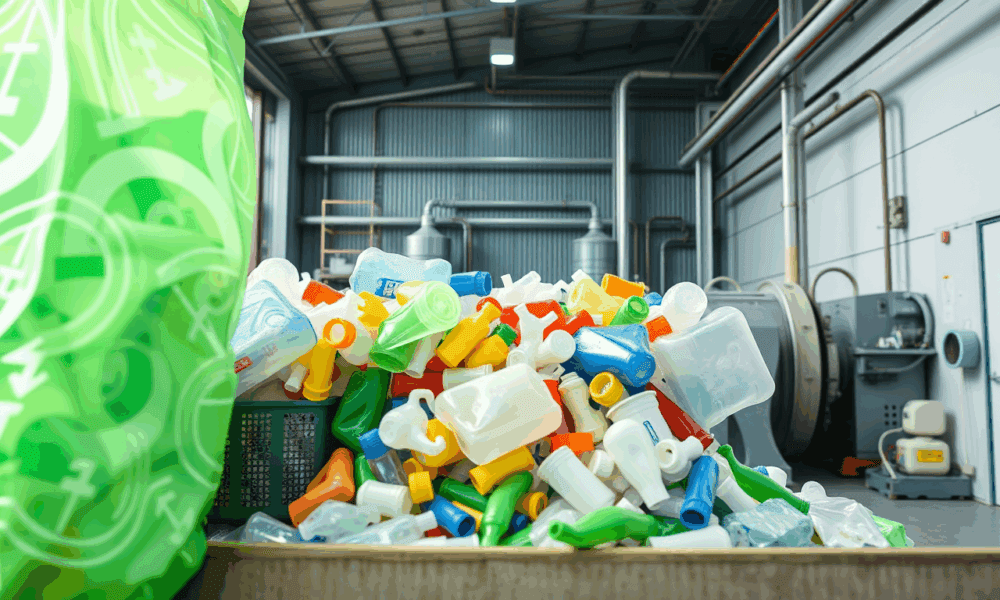
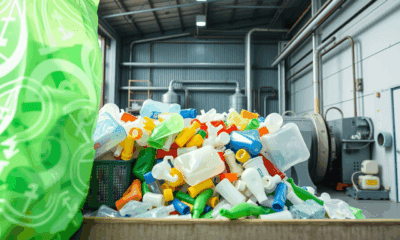

Researchers have developed an inexpensive and potentially scalable approach that uses a commercially available peroxide to bind polyethylene and polypropylene together, thereby creating a more useful,...